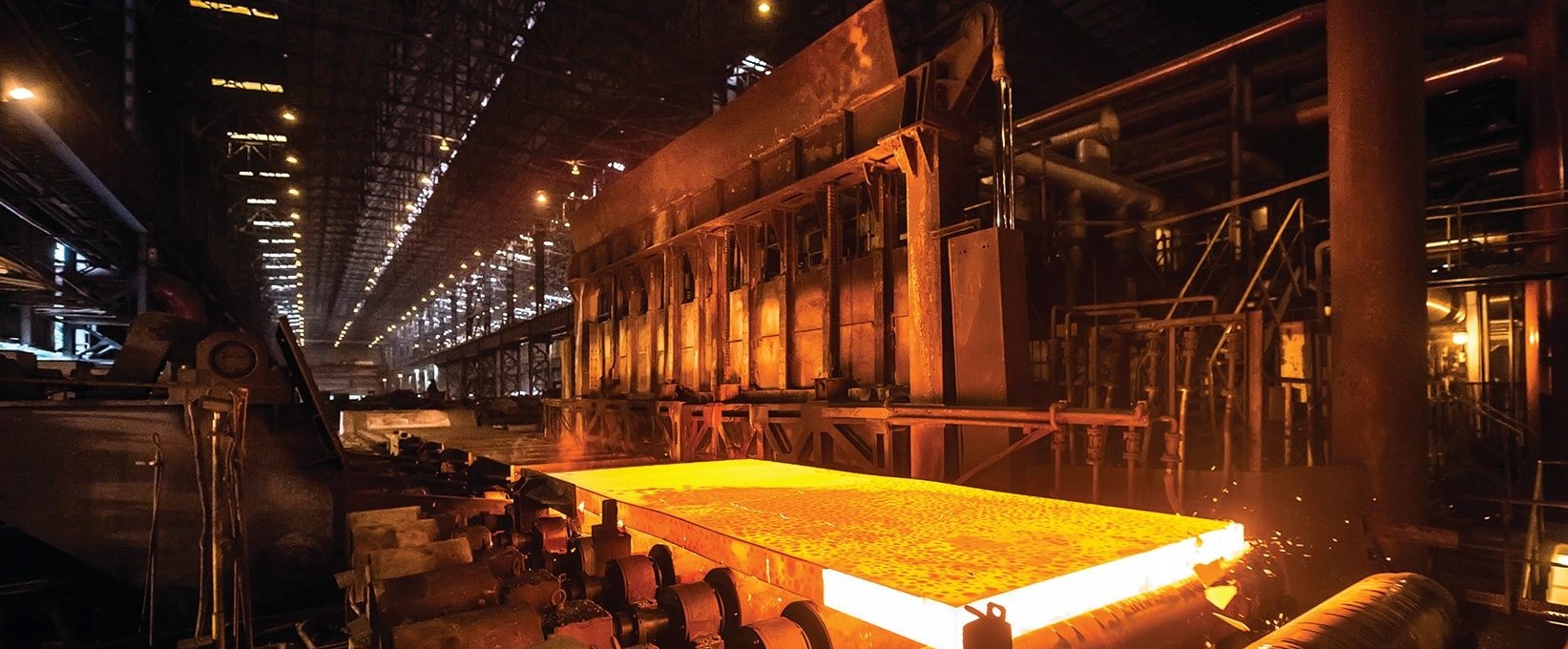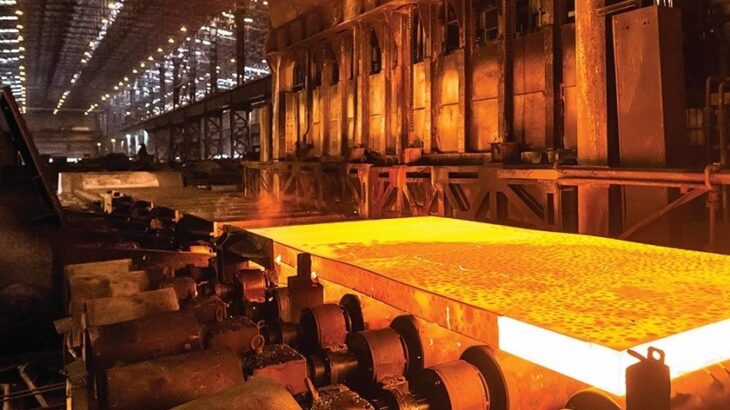
In the world of manufacturing, hot rolling is a widely used technique for shaping various metal components and structures. This method is particularly prevalent in the production of structural steel, an essential material for constructing buildings, bridges, and other infrastructure. In this blog post, we’ll delve into the hot rolling manufacturing technique for Structurals, understanding how it works and its importance in the construction industry.
Understanding Hot Rolling
Hot rolling is a metalworking process where a metal, often in the form of billets or slabs, is heated above its recrystallization temperature and then passed through a series of rollers to achieve the desired shape and dimensions. In the case of structural steel, these shapes can include beams, channels, angles, and various other profiles used in construction.
The key steps involved in hot rolling include:
1- Heating the Metal
The process begins with heating the metal to a specific temperature that is above its recrystalliszation point. This heating is crucial because it softens the metal, making it more malleable and easier to deform.
2- Reducing Thickness
Once heated, the metal is passed through a series of rollers that gradually reduce its thickness. These rollers are precisely designed to shape the metal into the desired structural profile, such as an I-beam or an angle.
3- Achieving Desired Dimensions
Throughout the rolling process, the metal is continually shaped and elongated to achieve the desired dimensions. The specific dimensions are determined by the design requirements of the structural components.
4- Cooling
After passing through the rollers, the newly formed structural components are rapidly cooled, often using water or air, to lock in their shape and properties. This cooling process helps improve the material’s strength and hardness.
Advantages of Hot Rolling for Structurals
Hot rolling is favoured to produce structural components for several reasons:
1- Improved Mechanical Properties
The hot rolling process enhances the mechanical properties of the metal, such as its strength, toughness, and ductility. This makes hot-rolled structural steel well-suited for supporting heavy loads and withstanding the stress of construction.
2- Cost-Efficient
Hot rolling is a cost-effective method for manufacturing Structurals as it allows for high production rates and minimal material waste. Additionally, the process can be easily adjusted to create different shapes and sizes, reducing the need for additional machining.
3- Versatility
Structural steel produced through hot rolling comes in various shapes, including I-beams, H-beams, channels, angles, and more. This versatility makes it ideal for a wide range of construction applications.
4- Consistency
Hot rolling ensures consistent and uniform dimensions and properties across the entire length of a structural component. This uniformity is vital for reliable and safe construction.
Advantages of JSP beams & columns rolled with universal rolling technology
- Wide Range: Widest product range available in the country lending more flexibility to designers and a more cost- effective option to project owners.
- Exceptional Sectional Properties: Better sectional properties as compared to conventional tapered flange beams leading to efficient design and lower steel usage. Availability of hi-tensile steel grades enables designers/ users to further cut on steel tonnage.
- Steel Saving: Steel savings with parallel flange sections under bending load as well as under axial compression are appreciable when compared with tapered flange sections enabling usage of lower beam sizes.
- Higher Load carrying capacity: Exhibits higher load-carrying capacity with Parallel Flange Beams, sections under direct compression (when used as columns) owing to their higher radius of gyration values about ‘y-y’ axis and reduced slenderness ratio of beams, thus increasing stress-bearing limits.
- Faster Construction: Simpler direct bolting of connections to flanges possible, as taper washers are not required. Flange-to-Flange welding possible as flanges are parallel.
- Ease in design: Enables complex design and fabrication in high volumes because of the inherent functional advantages of Parallel Flange Beams.

